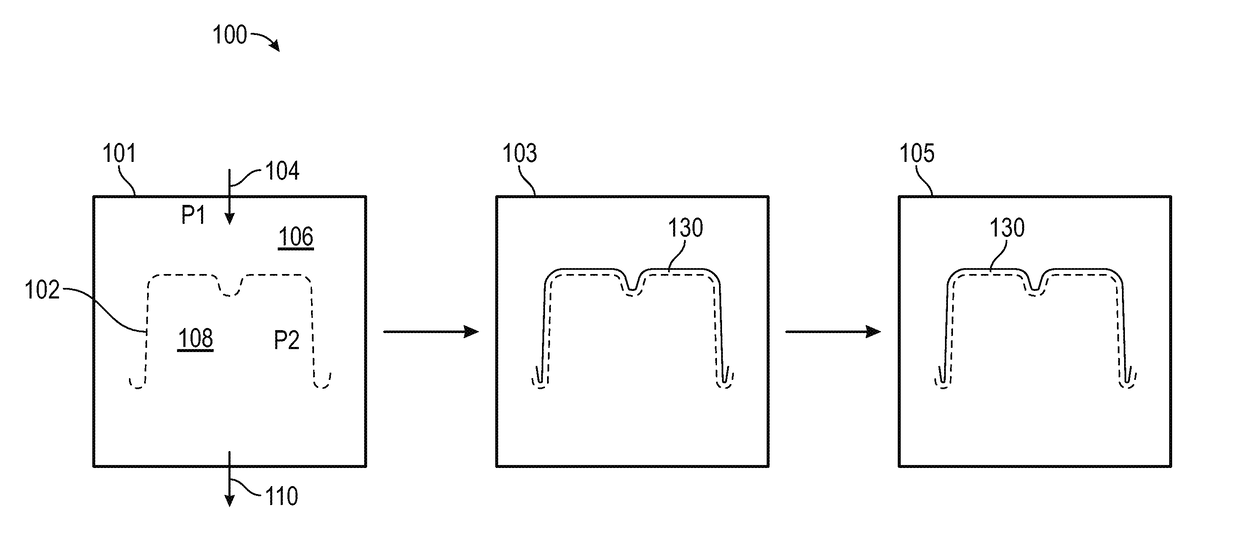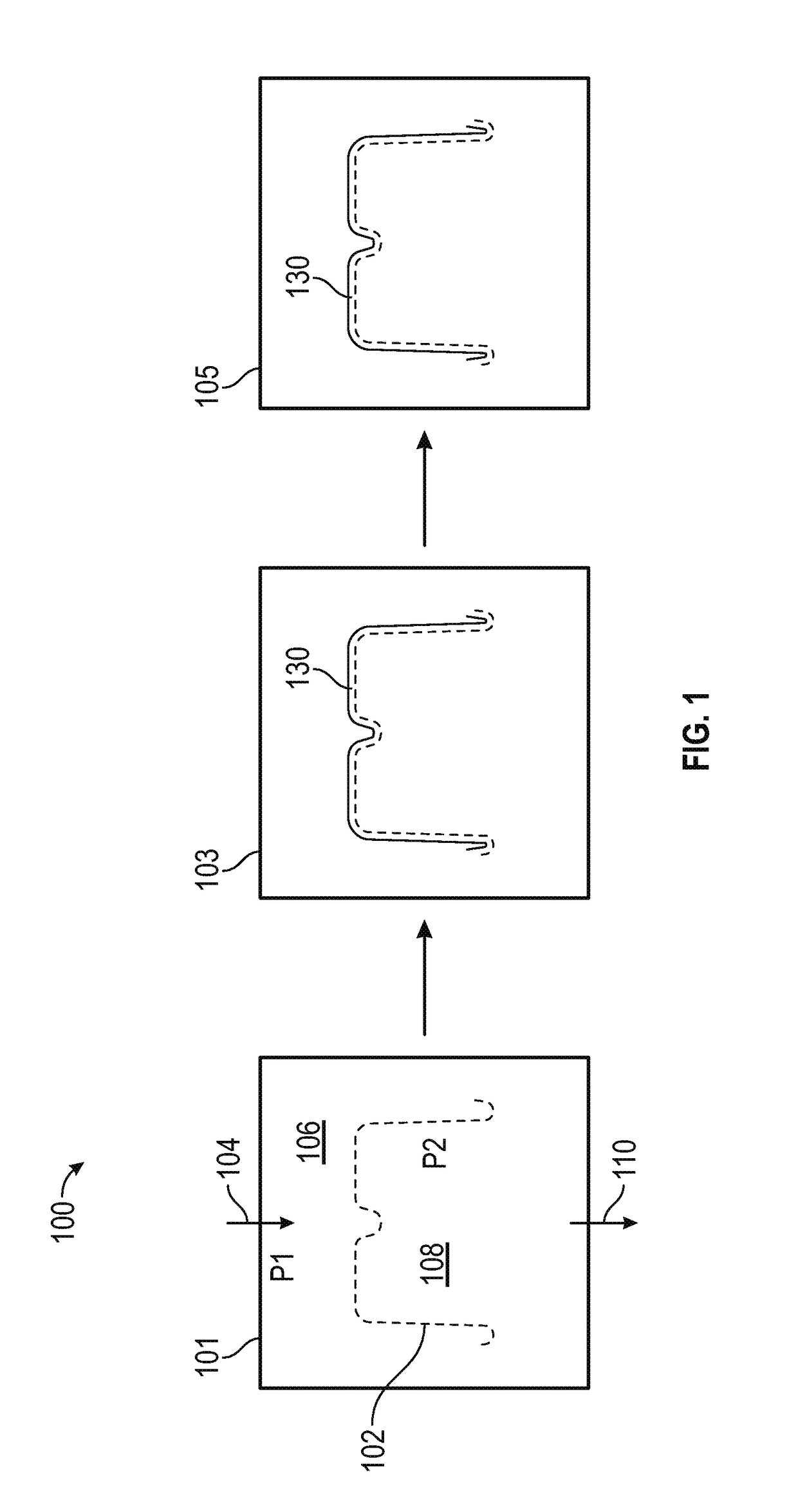Method for manufacturing microwavable food containers
a microbead and food container technology, applied in sustainable manufacturing/processing, packaging foodstuffs, packaged goods types, etc., can solve the problems of threatening the health of ecosystems and the various life forms that inhabit them, single plastic microbeads can be one million times more toxic than the water around, and achieve the effects of improving chemical bonding, increasing the size of vent holes, and promoting structural rigidity
- Summary
- Abstract
- Description
- Claims
- Application Information
AI Technical Summary
Benefits of technology
Problems solved by technology
Method used
Image
Examples
Embodiment Construction
[0037]The following detailed description of the invention is merely exemplary in nature and is not intended to limit the invention or the application and uses of the invention. Furthermore, there is no intention to be bound by any theory presented in the preceding background or the following detailed description.
[0038]Various embodiments of the present invention relate to fiber-based or pulp-base products for use both within and outside of the food and beverage industry. By way of non-limiting example, the present disclosure relates to particular chemical formulations of slurries adapted to address the unique challenges facing the food industry including oil barriers, moisture barriers, and water vapor barriers, and retention aids, the absence of which have heretofore prevented fiber-based products from displacing single use plastic containers and components in the food industry. The present disclosure further contemplates fiber-based containers having geometric and structural featu...
PUM
| Property | Measurement | Unit |
|---|---|---|
| length | aaaaa | aaaaa |
| length | aaaaa | aaaaa |
| height | aaaaa | aaaaa |
Abstract
Description
Claims
Application Information
 Login to View More
Login to View More - R&D
- Intellectual Property
- Life Sciences
- Materials
- Tech Scout
- Unparalleled Data Quality
- Higher Quality Content
- 60% Fewer Hallucinations
Browse by: Latest US Patents, China's latest patents, Technical Efficacy Thesaurus, Application Domain, Technology Topic, Popular Technical Reports.
© 2025 PatSnap. All rights reserved.Legal|Privacy policy|Modern Slavery Act Transparency Statement|Sitemap|About US| Contact US: help@patsnap.com



